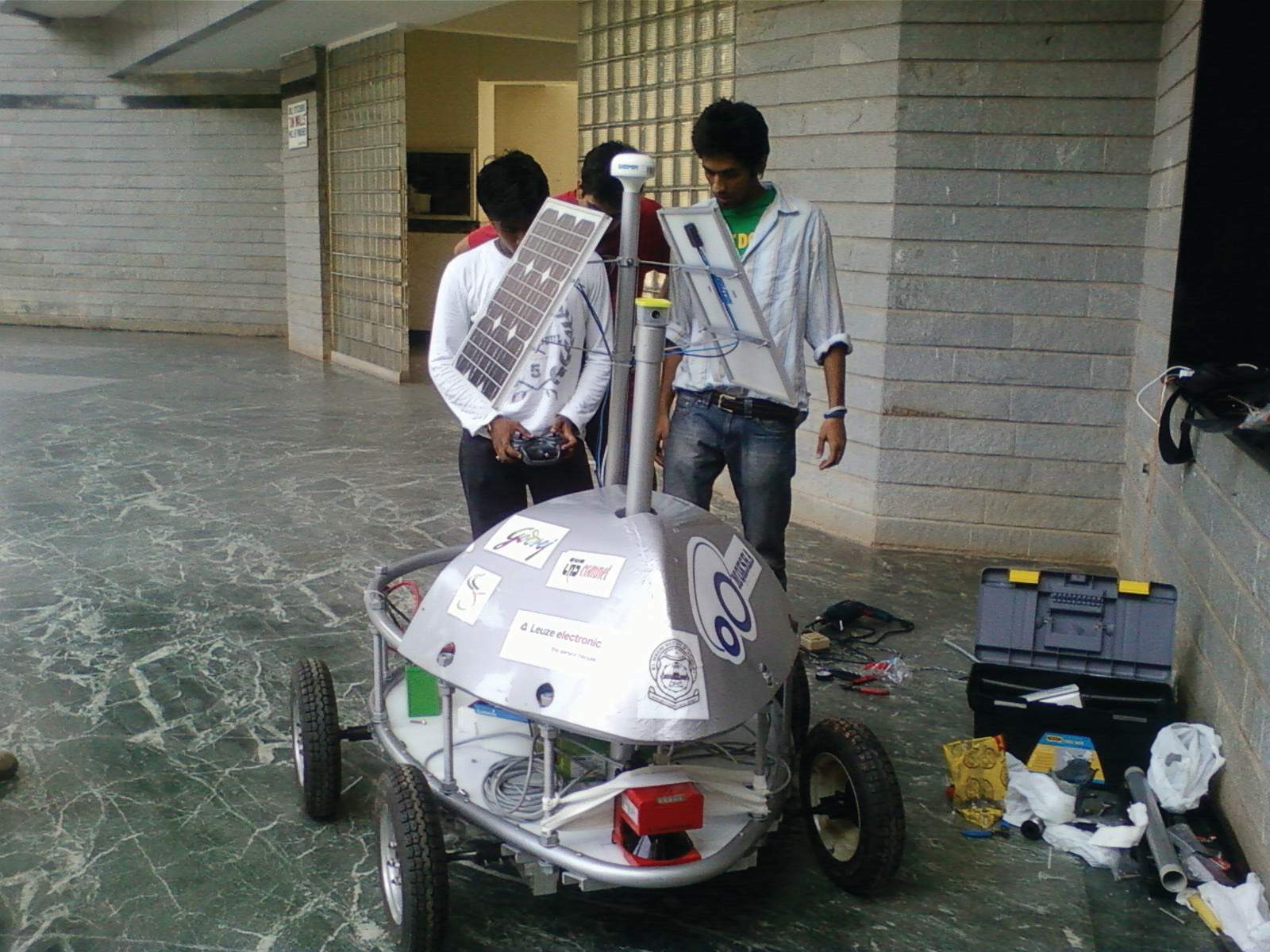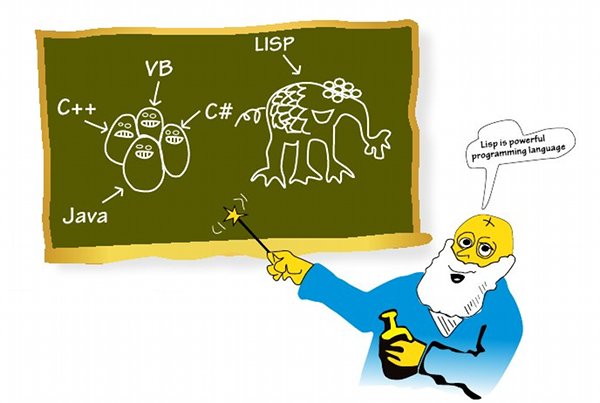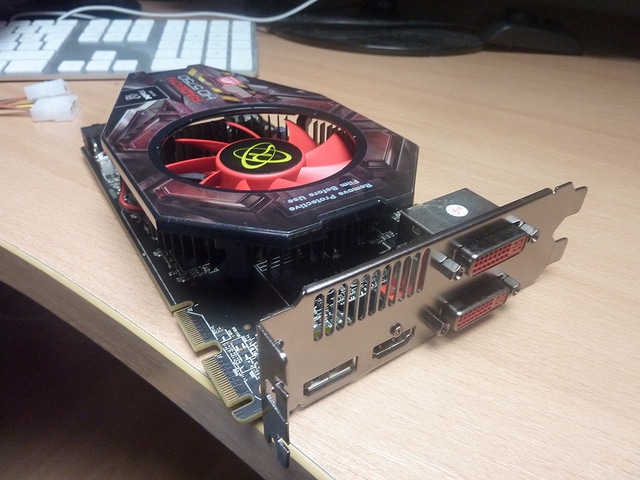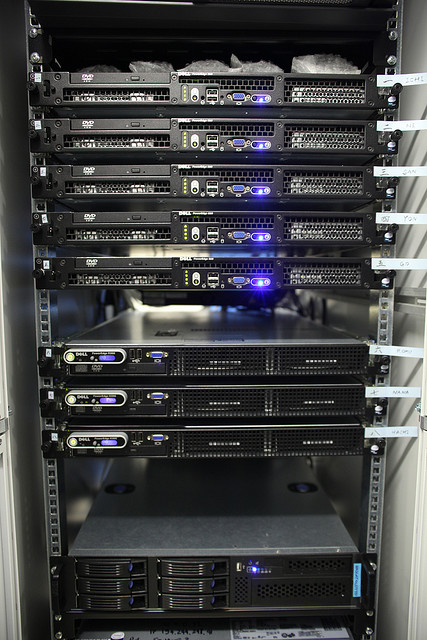Tag: LFY June 2011
Advanced Awk for Sysadmins
In this article, we will discuss advanced Awk functionality, including string- and time-manipulation functions, associative arrays and user-defined functions. These can be very useful...
Open Hardware Sparks Innovation in Robotics
Open hardware helps sort out many issues that hamper the advance of robotics in India -- the lack of advanced components, insufficient know-how to...
Lisp: Tears of Joy, Part 1
Lisp has been hailed as the world's most powerful programming language. But only a few programmers use it because of its cryptic syntax and...
Virtual Machines For Abstraction: The Dalvik VM
With the rise of heterogeneous systems, there is a requirement for a scalable software system that is cost-effective and maintenance-free. Virtual machines (VMs) provide...
Web Application Penetration Testing Using Samurai
This article introduces you to penetration-testing of Web applications. Also included is some hands-on work with a Web-testing framework called Samurai.
Penetration testing, affectionately called...
Graphics Using Xlib, Part 1
This article introduces you to the X Window System, with the aim of helping developers understand how to use the Xlib library effectively.
The X...
The Comperhensive LAMP Guide, Part-1: Compiling and Optimising Apache
These days, almost everyone needs a website. Online business is picking up, and an Internet presence is a must for firms wanting to expand...
Turnkey: Build LAMP Server in Under 10 Minutes
Many of us have wanted to work on our own homemade Linux Web server, but struggled due to the lack of appropriate versions, and...
Ganglia for Monitoring Clusters
With the size of an organisation's infrastructure increasing, monitoring is becoming a challenge. Ganglia presents itself as a very good solution when it comes...
Quick Setup Guide to Network Monitoring using Zenoss Core
Today's businesses demand 24x7 uptime of IT infrastructure. To meet this need, a number of technologies are used, which include failover, clustering, redundant devices...















































































